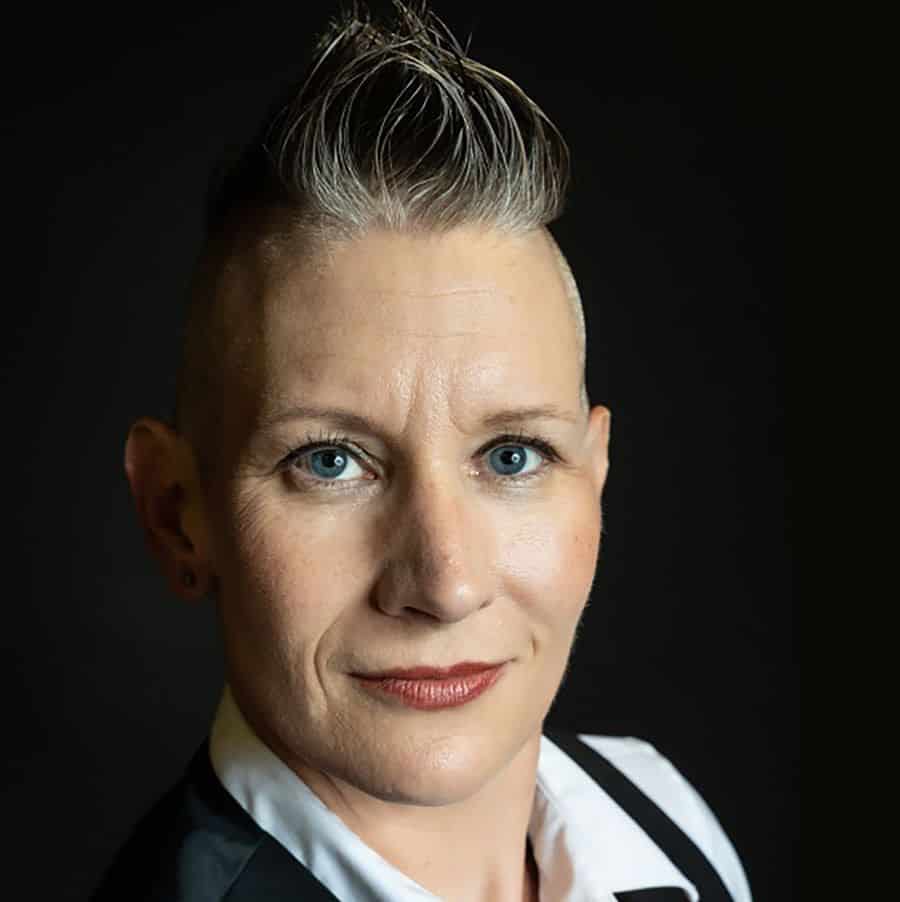As a lawyer and businessperson, you have two jobs in one. Some of us, including me, add the job of professional speaker to our already teeming calendars. Maybe you’ve considered taking on some speaking jobs yourself. What’s a typical day in the life of a lawyer-speaker? The best way to explain it is to share the typical course of events for speaking at a conference, using my recent experience with Content Marketing World (CMWorld).
The Run-up to the Speaking Event
CMWorld took place Sept. 5-8 in Cleveland — but the planning and preparation began many months before the event.
November 2016 (10 months ahead): Call for speakers is open! I’ve been a panelist at the last two CMWorlds. I really want to have my own session this time, so I apply to be a speaker on copyright, content creator contracts and FTC issues. I don’t know how I’ll fit all that into a 45-minute session, but I’ll worry about that later.
January 2017 (8 months): I’ve been accepted to be a speaker with my own session! I sign and return the speaker agreement to the event manager. (She does an excellent job coordinating with all the speakers every year.) In our email exchange, I joke that I want a trampoline in the expo hall this year. (They always ask what our needs are.)
May (4 months): I register to attend the conference — the registration fee for the main event is waived for speakers. I book my hotel room near the event venue, book flights to and from Cleveland, and continue to exchange emails with the event manager. Now I’m asking if we can have rescue dogs instead of a trampoline in the expo hall. (I guarantee people will spend more time in the expo hall if there are rescue dogs.)
June (3 months): I receive and accept the invitation to the speaker’s party. CMWorld announces that Casey Neistat is one of the keynote speakers. I tweet at Casey, asking if I can ride his motorized skateboard (tagged with #notaeuphemism). Somewhere around this time, I start joking on Twitter with CMWorld that I want a skateboard as my speaker gift. They gave out a laser pointer-mouse at the last two CMWorlds.
July (2 months): The event manager sends the PowerPoint template for my talk. I download it but generally ignore it because I’m studying for the California Bar Exam. After the bar exam, I download the event app to my phone and select which sessions I want to attend.
August (1 month): Since my PowerPoint draft is due Aug. 18, my plan is to write my outline by the 10th, spend a few hours researching recent developments, especially FTC issues, create the first draft by the 15th, and finish the revised draft by the 17th. My schedule gets hijacked by unexpected filings in my litigation case. Research gets done on the 13th, the draft on the 16th (no time for an outline; why did I say I’d speak on three topics in 45 minutes?), and I revise on the 17th. I print out copies of my research articles to reread on the plane to Cleveland.
The Countdown
One to two weeks ahead: I buy travel-size toiletries, dry-clean my speaking clothes, buy new speaking shoes, reach out to a Cleveland lawyer friend to schedule lunch, and write my packing list based on activities for the trip.
Three days: I get a haircut, prep meals for the dog for the kennel, do laundry, buy M&Ms for the flight crews, and set the away-from-the-office message on work email.
One day: I check into my hotel room. Twenty minutes later, the front desk drops off a wrapped box. It’s an orange skateboard from the CMWorld organizers! I wasn’t planning to attend the pre-party because I’d told a client I’d rewrite her contract over the Labor Day weekend. But now I want to go and thank everyone. Later in the evening, I get back to my hotel and write my client’s contract.
The Event
First day: I meet my Cleveland lawyer friend for lunch, pick up my event badge, attend the speakers’ party, go to the opening party at the Rock & Roll Hall of Fame and, somewhere in there, work on a contract for another client.
Second day: Speaking day is here! I review my FTC articles in the morning and print a copy of my slides in the hotel business center. I arrive in time for breakfast, attend the keynotes, rock my session, and spend the rest of the day attending sessions and walking the expo hall sans shoes because heels suck.
Third day: I check out of my hotel room and attend a few sessions before catching a train to the airport for my flight home.
It Doesn’t End There
Once I’m back in the office, I get to send follow-up postcards and review my notes from the sessions so I can apply the suggestions I heard to my business. There were also a few sessions I didn’t get to attend, so I need to watch the replays of those talks.
Being a professional speaker is not just about applying to speak. It’s a job in and of itself, including building and maintaining relationships with organizers and attendees (which is fun, but still part of the job). And in between all that activity, you have to make time to practice law.
Illustration ©iStockPhoto.com
Subscribe to Attorney at Work
Get really good ideas every day: Subscribe to the Daily Dispatch and Weekly Wrap (it’s free). Follow us on Twitter @attnyatwork.

















